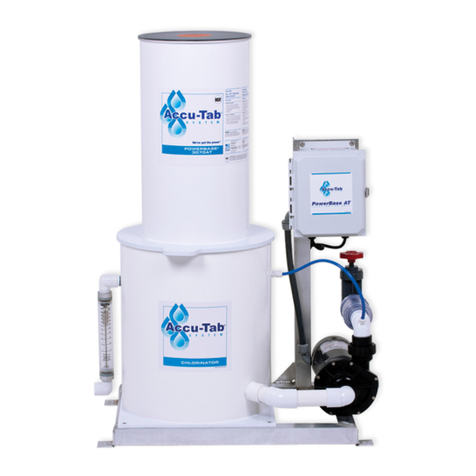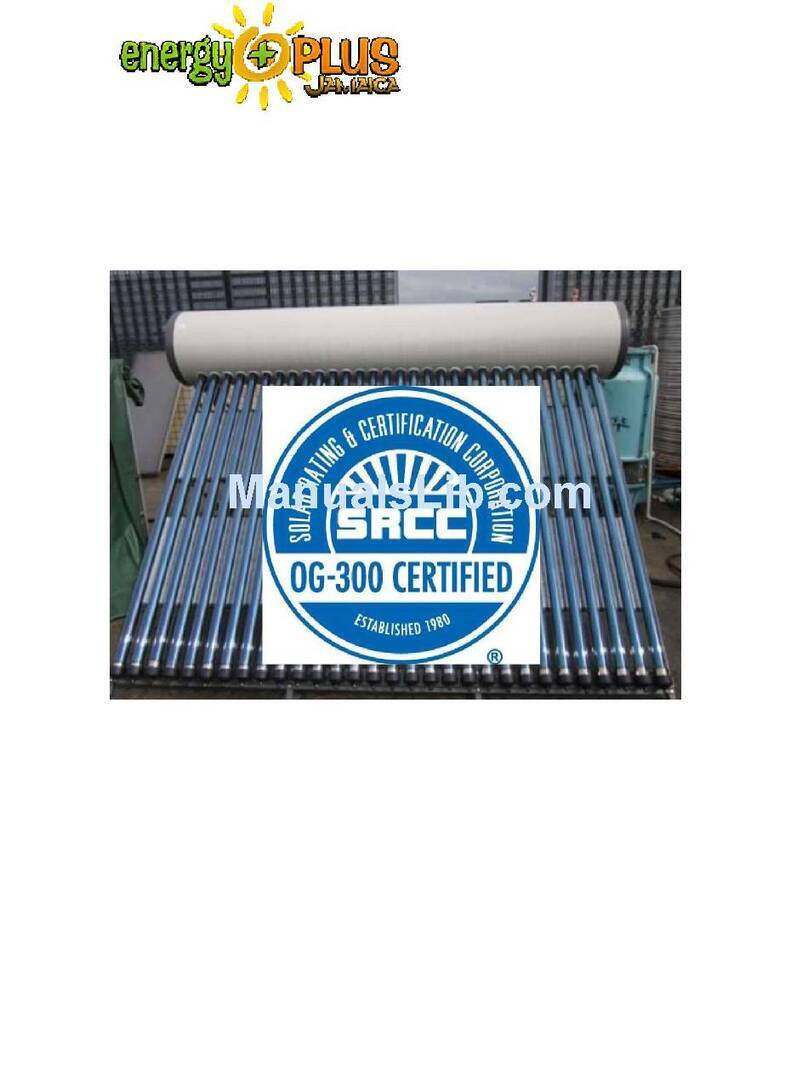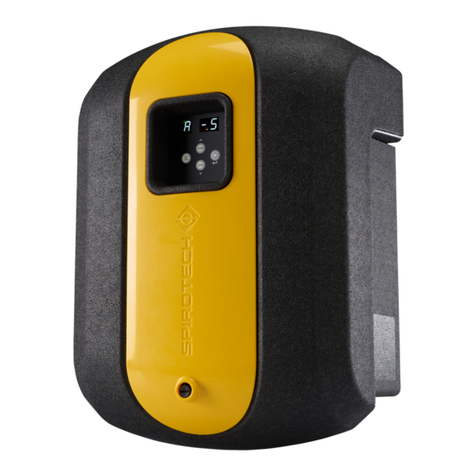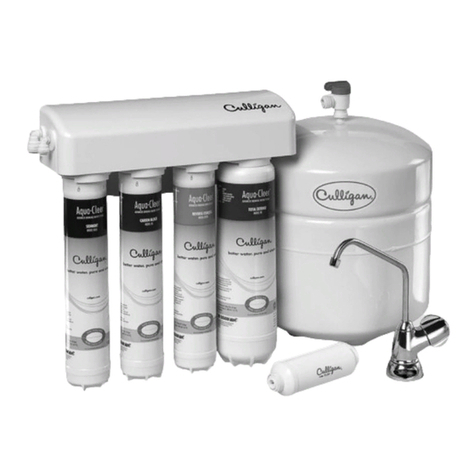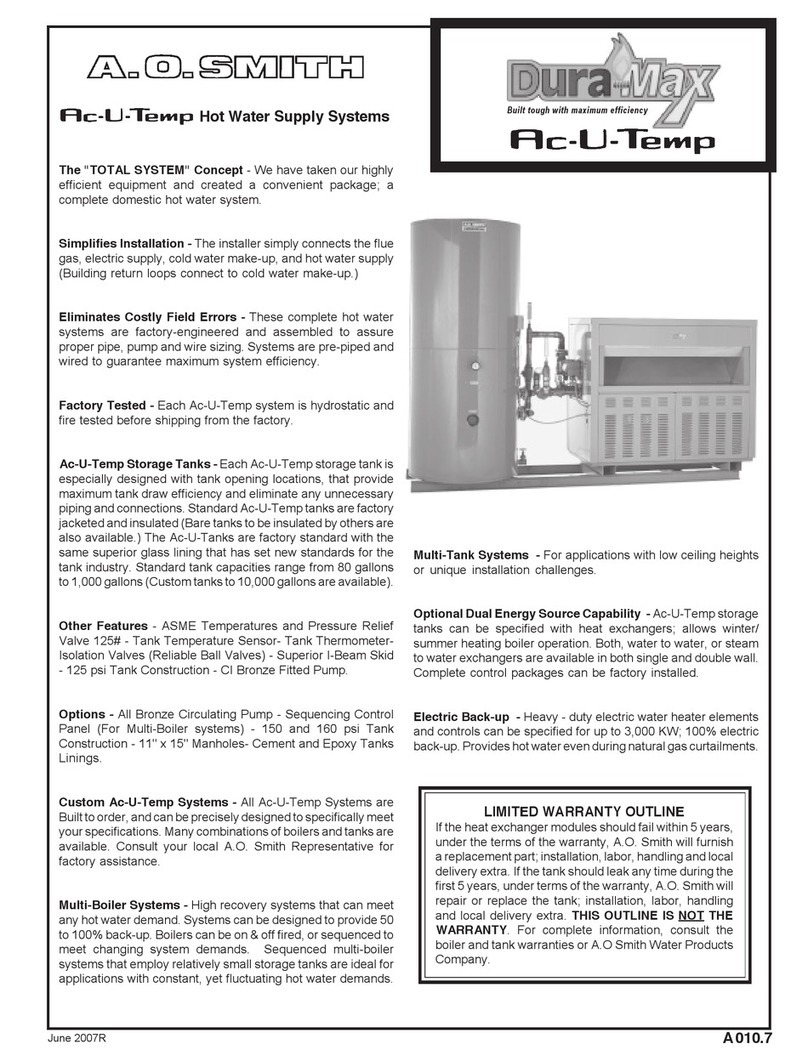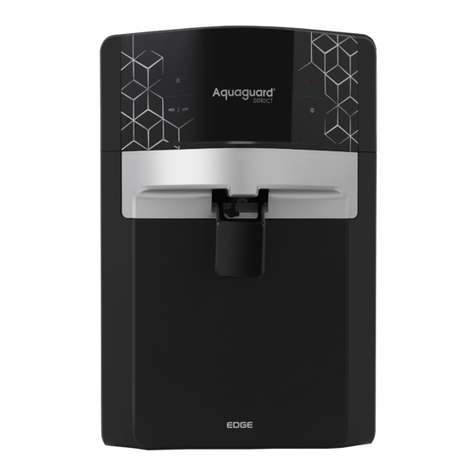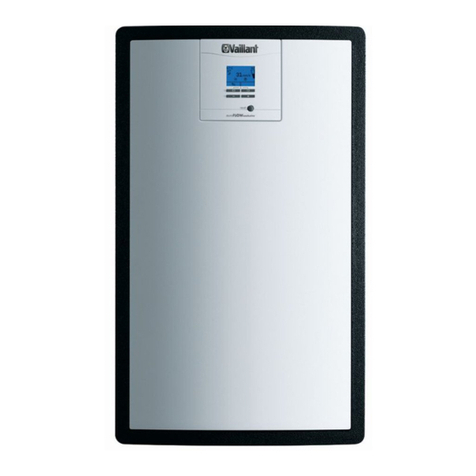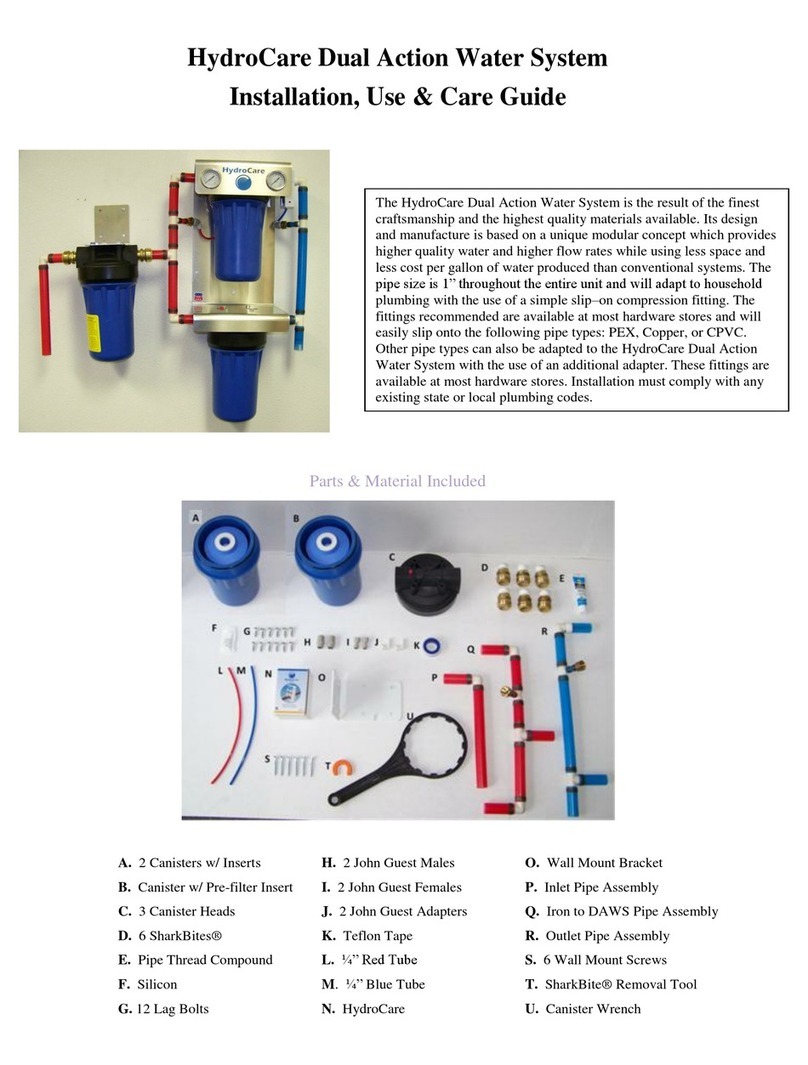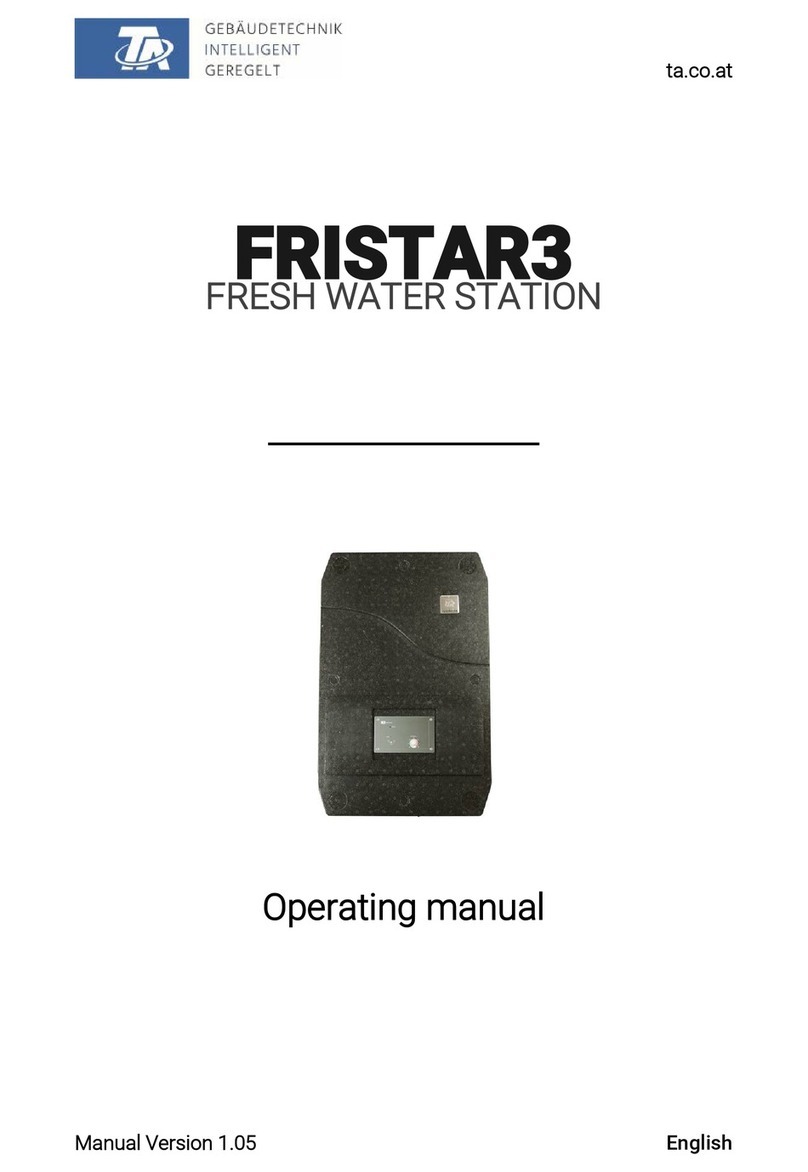Route the pump output pipe and electric cable back to the house through the 4inch
service pipe for which there is a third hole in the dome. Block the unused holes with the
black plastic blanks provided. Ensure any pipes exposed to the cold are frost protected. on
arrival at building. Once the installation is completed turn on the pump to pressurise the
system and check all connections for leaks (do this before back filling any buried pipes).
9) Electrical: Connect cable from wall socket in building to an IP66 rated junction box
(or similar waterproof box) fitted to the wall of the turret of the underground tank,
then connect the cable of the pump to the junction box. It is recommended that the
connecting cables are installed by a qualified electrician and any outside connections
complying to IP66 ingress rating. For safety reasons these instructions must be
carefully followed.
e) Fitting filter, siphon, calmed inlet
Follow the manufacturer’s instructions (below) for fitting the Optimax Pro internal filter.
Where some filters require a separate siphon, the overflow siphon here is incorporated in
the Optimax overflow outlet U-tube.
The U-tube siphon outlet from the tank has two functions, 1) the leaf and debris outlet
from the filter and 2) the overflow when the rainwater storage
tank is full. Note that the third 110 mm (4 inch) hole in the
turret is for the service pipe of this size back to the house in
which the feed pipe from the pump and electric cable(s) can
be channelled. It is the installer’s responsibility to ensure that
a) services to the house are secure and protected and b)
connections in the turret permit the later removal of the filter,
pump and other equipment for inspection, maintenance or
replacement.
DEBRIS
OUT
IN FROM
GUTTERS
STORED
RAIN
WATER
Ensure that the three 4 inch pipes arriving at the turret are fitted
with the rubber seals provided with the kit.
Prior to fitting in the tank, connect the 4 inch (100 mm)
downpipe to the filter and the calmed inlet (which prevents
filtered rainwater from disturbing any sediment on the bottom of
the tank) to the bottom of this pipe. Although the friction fit top
and bottom is almost adequate we recommend adding a pair of
self-tapping screws to keep the pipe in the filter and the calmed
inlet on the pipe; this avoids losing one or more elements when
it comes to pulling the filter assembly out of the tank for
maintenance purposes.
Ensure 4inch downpipe (Supplied) is correct length to bring leaf
filter to correct level for the input and output 4inch pipes. Ensure
4inch input and output supporting the leaf filter in the turret of
the tank are far enough apart to permit removal of the filter for maintenance (and to
permit removal of the pump).
© 2011 Rainwater Harvesting Ltd - All rights reserved. Carat with Optimax and Rain Director or Mains Backup RWH 042
Rain Director®and Mains Backup in a Box®are registered Trade Marks and may not be used without permission. Page 9
